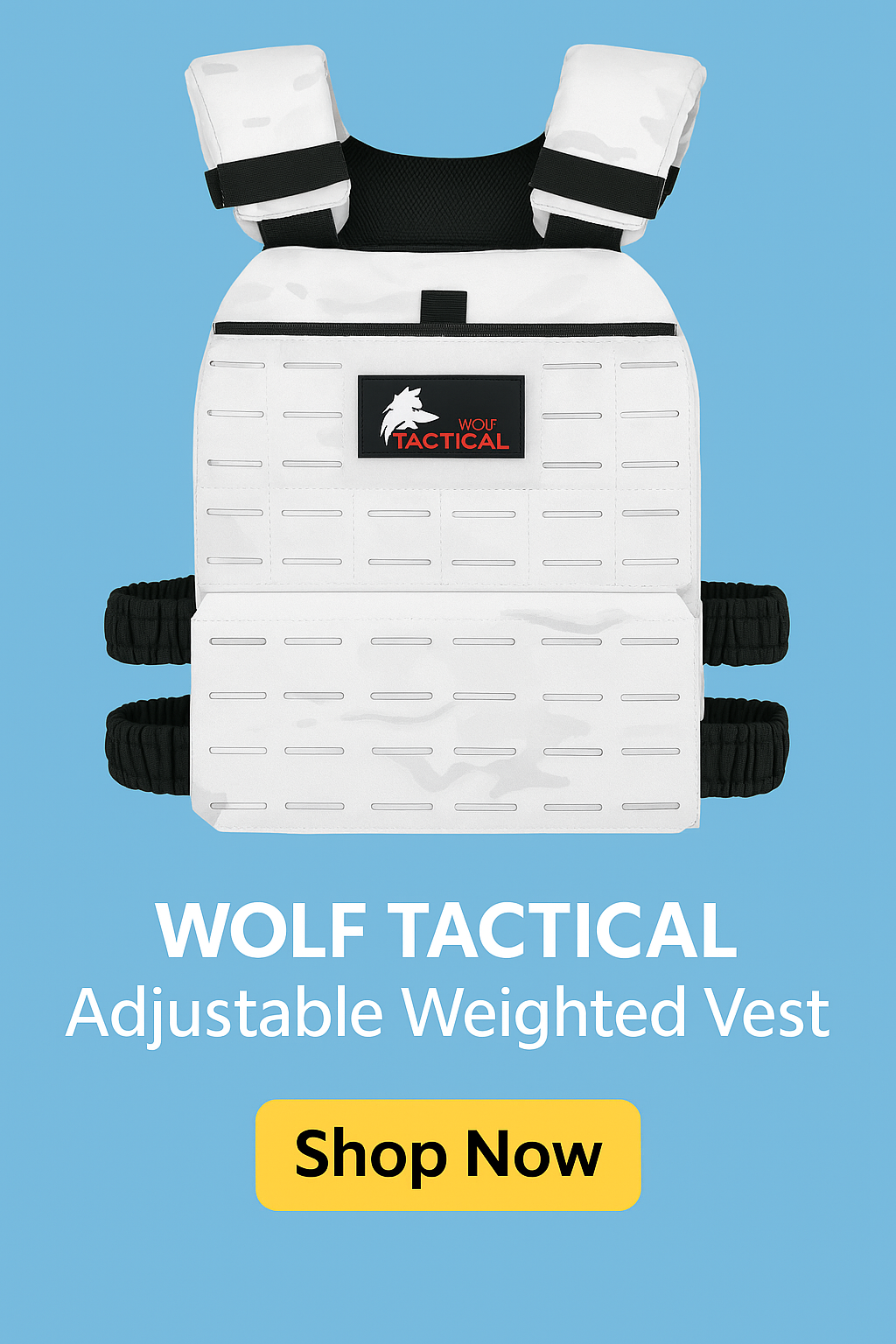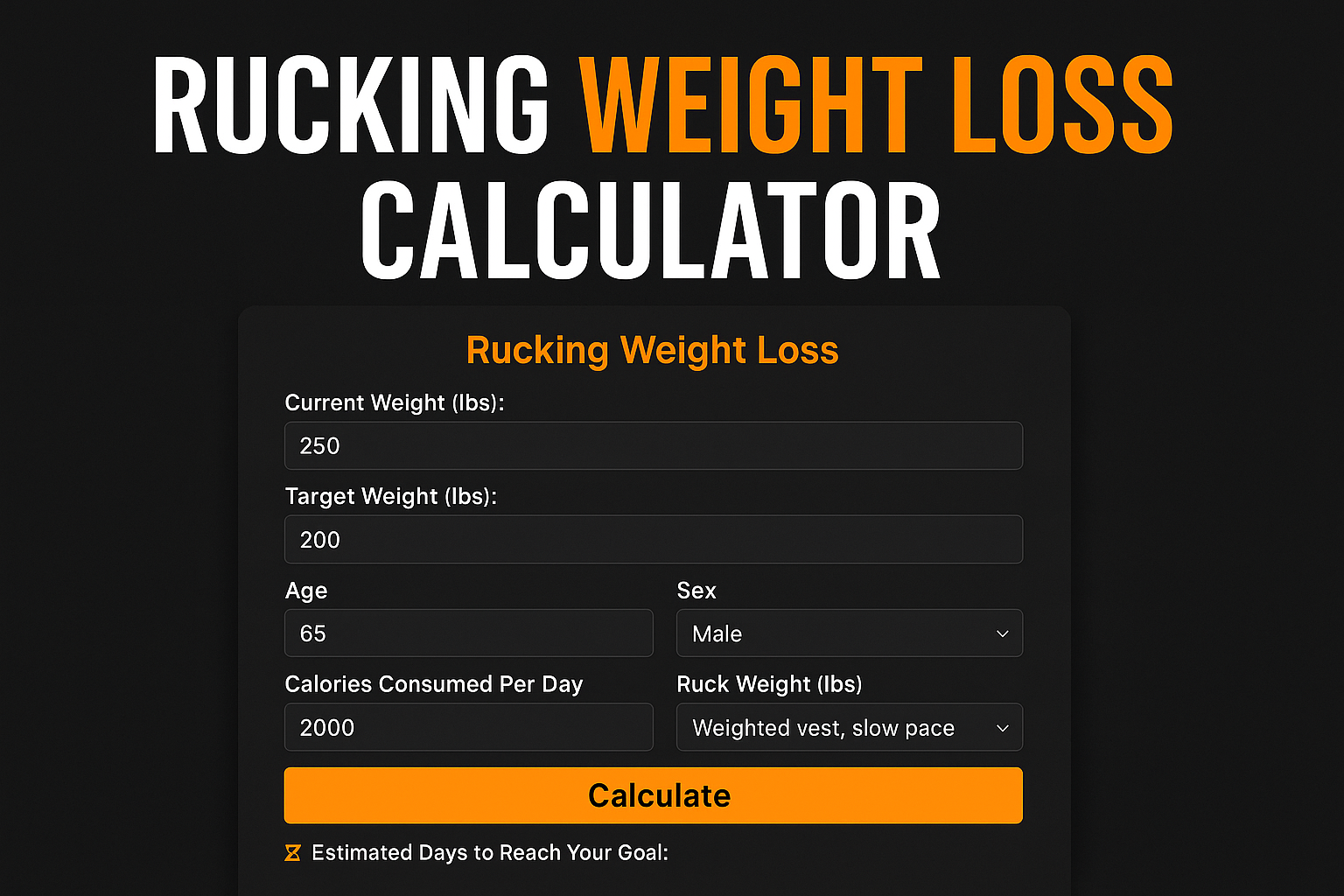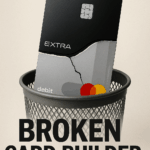Like humans, sheep don’t always plan their pregnancies. And judging by the situation here on the farm, ours may have made a pregnancy pact — nearly every ewe is birthing twins right now.
We raise Katahdin sheep, a hardy, hair-coated breed originally developed in Maine. They’re well-suited for colder climates and don’t require shearing like traditional wool sheep. That makes them ideal for low-maintenance flocks — but even they prefer to lamb in warmer weather.
It would’ve been better to separate the rams ahead of time to control the breeding season. That way, lambs would arrive during milder months, giving them a stronger start. But nature had other plans. Right now, we’ve got six newborn lambs on the ground — and likely more coming soon.
Life on the Snowy Pasture

View from behind the cabin as Katahdin sheep graze in the snow.

Katahdin sheep graze near the cabin as snow blankets the pasture.
These sheep are adjusting surprisingly well. Katahdins are known for their parasite resistance, strong maternal instincts, and adaptability to pasture-based systems. They shed their winter coats naturally, making them a great option for rotational grazing and small farms.
Meet the Lambs

Newborn lambs adjust to life in the snow, one standing alert while the other rests.
Here’s a clip of one of our newborn lambs calling for its mama — it doesn’t get much more real than that.
Time-Lapse: Cabin Life & Sheep Shenanigans
We’ve also captured a few time-lapses of the sheep doing their thing outside the cabin. One even includes a brief shot of the night sky — though clouds and snow eventually took over and buried the camera lens.
Moving Day — With Stars
In our last time-lapse, you can see us carefully moving the flock to a new paddock. We’re using a temporary fencing setup for now since the sheep are still settling in. Bonus: the stars make a cameo.
Why Katahdins?
If you’re researching breeds for your own homestead or farm, Katahdins are worth considering. They:
-
Require no shearing (hair sheep),
-
Have excellent maternal instincts,
-
Perform well in pasture-based or rotational systems,
-
Tolerate cold and heat surprisingly well,
-
And are ideal for those looking to reduce labor and vet bills.
They might not be as flashy as some heritage breeds, but they’re practical, efficient, and resilient — just like a good sheep should be.
Discover more from Preston Shamblen
Subscribe to get the latest posts sent to your email.












